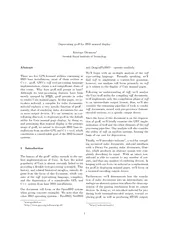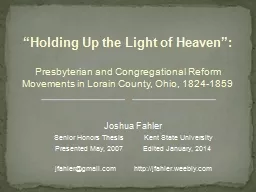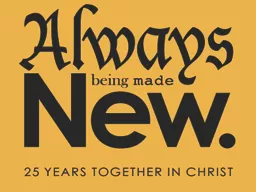PPT-Memory and Ministry These slides were originally prepared for a congregational Stephen
Author : tawny-fly | Published Date : 2018-10-24
The content includes two sections The first section presents some biblical themes related to memory with some attention to Reformation themes such as incarnational
Presentation Embed Code
Download Presentation
Download Presentation The PPT/PDF document "Memory and Ministry These slides were or..." is the property of its rightful owner. Permission is granted to download and print the materials on this website for personal, non-commercial use only, and to display it on your personal computer provided you do not modify the materials and that you retain all copyright notices contained in the materials. By downloading content from our website, you accept the terms of this agreement.
Memory and Ministry These slides were originally prepared for a congregational Stephen: Transcript
Download Rules Of Document
"Memory and Ministry These slides were originally prepared for a congregational Stephen"The content belongs to its owner. You may download and print it for personal use, without modification, and keep all copyright notices. By downloading, you agree to these terms.
Related Documents














